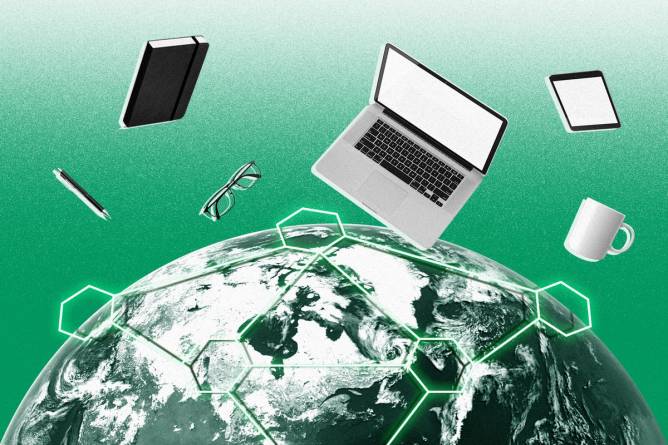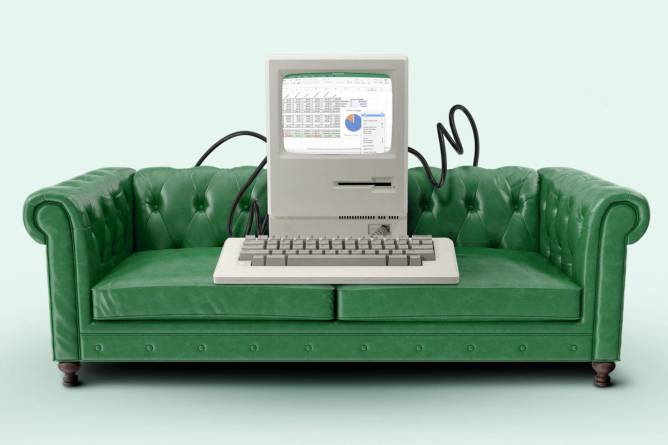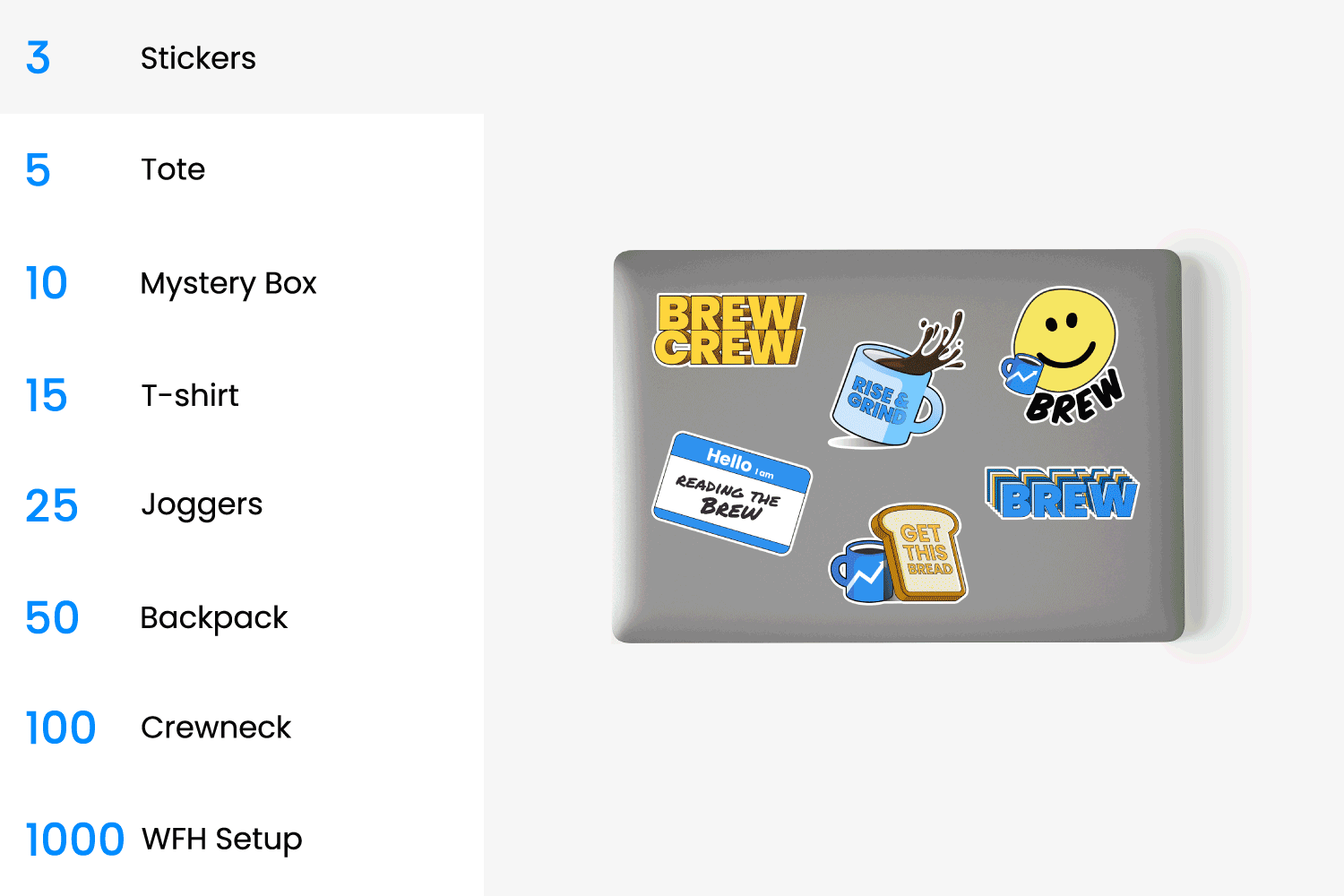Happy Monday! Elevate your diversity, equity, and inclusion game by joining the conversation at our virtual event tomorrow, Oct. 17! Discover how to make DE&I a lasting priority in your organization and learn strategies to embed it seamlessly into your goals and initiatives. Secure your spot today, and get ready to drive meaningful change.
In today’s edition:
 Complicated comp Complicated comp
 Howdy, partner Howdy, partner
 World of HR World of HR
—Courtney Vinopal, Mikaela Cohen, Kristen Parisi
|
|
Nadia_bormotova/Getty Images
After an 18-month slowdown, when inflation, rising interest rates, and declining valuations kept many companies from going public, the IPO market is starting to heat up again. Companies including shoe brand Birkenstock, food delivery service Instacart, and chip manufacturer Arm have started to trade in recent weeks, though not all had a stellar debut.
Analysts with PitchBook, which conducts research on global capital markets, wrote in a Sept. 7 analysis that poor market conditions since the beginning of 2022 “have created an enormous backlog of companies that should be exiting via IPO.” As conditions improve, “There could be a rush to list by companies looking to take advantage of the shifting market,” they wrote.
This also means HR pros at companies preparing to go public are looking to develop equity compensation programs for their employees post-IPO, an expert with Morgan Stanley at Work told HR Brew. Sam Adams, executive director of private to public strategy for the firm, said she’s been having conversations with clients about what “transaction readiness for them looks like, and what equity programs in a public market look like in comparison to what they’ve been doing as a private company,” she said.
Adams said it’s “never too early” to start having a conversation with employees about equity compensation, and how these programs will affect their finances more broadly.
Keep reading here.—CV
|
|
Do us a favor: Forget everything you think you know about the future. We’re starting from scratch. Tune in to this electric keynote from Elatia Abate, Paylocity’s futurist in residence, to learn about what’s next in the workplace.
Change and disruption are constant, and the world looks pretty different than it did 5 years ago. But with all that change comes an opportunity to find new ways to work and thrive. Learn from the best in the biz about how to make that change work for you (and your big plans for the future).
Watch the keynote to learn how to:
- turn chaos into clarity
- leave fear behind
- create more connection
Day 1 starts today. Get the insights you need to move into the future with confidence. Catch the keynote on demand here.
|
|
Yossakorn Kaewwannarat/Getty Images
Worried about being replaced by robots? This should make you feel better: Only 20% of jobs have a “high exposure” to generative AI, meaning the skills required to do them are likely to be subbed with AI, a recent Indeed report found.
While jobs requiring human interaction and “decision-making based on nuanced understanding” are among the least likely to be automated (sounds like recruiting, huh?), no job will be left completely untouched. So, how might talent acquisition pros incorporate AI into their roles?
Approach it with an open mind and recognize the potential benefits, suggested Maggie Hulce, EVP and general manager for job-seekers at Indeed. Don’t “fear it or try to prevent it,” she told HR Brew. “[It’s] a tool that can help your teams spend more time doing the human part of hiring and less time doing the rote things.”
What does a partnership look like? Ask yourself: How does my process run today, and how can AI make it easier and faster tomorrow?
Keep reading here.—MC
|
|
Francis Scialabba
Income inequality is a persistent issue in nations around the globe, and while few countries seem to have found a solution, one is showing signs of progress for the first time since 2019.
Where in the world? Prior to Covid-19, income inequality had been shrinking in Canada, averaging 45.1% from 2010 to 2019 in part because of childcare benefits introduced in 2016. During the pandemic, though, the gap grew, reaching a record high of 47% in 2022.
Statistics Canada, a government body, recently found that the income gap between the top and bottom 40% of Canadians decreased in the second quarter of 2023 and is now where it was pre-pandemic.
The income gap has shrunk thanks to more government assistance for the bottom 40% of earners and less for the highest earners, according to Bloomberg analysis. Wage increases for the lowest earners and more retirement benefits for those over 75 have also played a role, reported Statistics Canada.
Satellite view. The US has also seen a glimmer of change in recent years, according to the Census Bureau. The before-tax income inequality gap decreased 1.2% in 2022, the first narrowing since 2007. However, it was partly because those in the middle and top earning brackets saw their wages decline from 2021 to 2022, while those in the bottom bracket did not experience a notable income change.
Keep reading here.—KP
|
|
TOGETHER WITH CAREERBUILDER
|
|
Francis Scialabba
Today’s top HR reads.
Stat: The average US employee with a 40-hour workweek job spends 71% of the year on the job, not accounting for time off. (USA Today)
Quote: “Thank you to the many employees in Israel volunteering to address urgent community needs and leveraging their AI, cybersecurity, data, and research expertise to help.”—Kathleen Hogan, EVP and CHRO at Microsoft, in an internal memo regarding the employee response to the situation in Israel (Insider)
Read: Many large financial firms are instructing their Israel-based employees to work from home amid the Israel-Hamas war. (Reuters)
Feeling toasted?: Employee burnout isn’t going away on its own. Turn to this tip sheet from Calm Business to learn the 5 stages of burnout…and how to address them. Take the first step.*
*A message from our sponsor.
|
|
|









